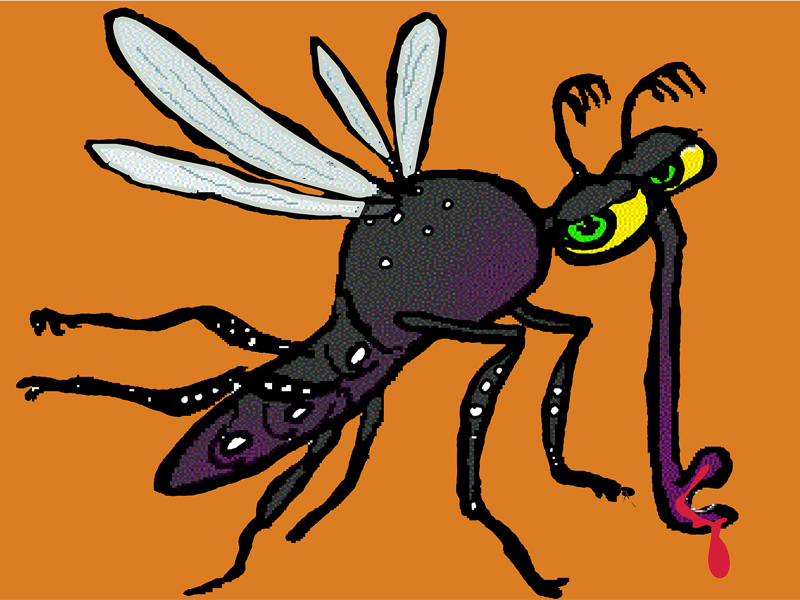The World Health Organisation has warned that the Zika virus is likely to spread further in Asia
The World Health Organisation has warned that the Zika virus is likely to spread further in Asia, as research emerges showing a wider range of fetal abnormalities caused by the disease.
The WHO declared Zika a public health emergency this year, after 22 countries reported birth defects
related to the virus, including microcephaly and other central nervous system malformations.
Now, a Brazilian study of 11 babies with congenital Zika has shown that small head size is only one of many abnormalities caused by the virus.
Other impairments observed during the six-month follow up included: ventriculomegaly, cerebellar hypoplasia, lissencephaly with hydrocephalus, and fetal akinesia deformation sequence (FADS).
Three of the 11 infants had FADS or arthrogryposis and died within two days of delivery.
This study, published in JAMA Neurology, painted a more complete picture of the severe damage caused by Zika infection than previous reports, the authors said.
They suggested replacing the commonly used term “microcephaly associated with Zika virus infection” with the broader term “congenital Zika syndrome”.
While most people with Zika have no symptoms, babies born to infected mothers have a 1% to 13% risk of microcephaly.
Zika is primarily transmitted by the Aedes aegypti mosquito and the virus can be present in body fluids, including blood, urine, saliva, spinal fluid and breast milk.
There have been reports of blood transfusions causing Zika infection in Brazil.
Zika also remains viable in semen for several months and can be sexually transmitted by both men and women.
“Never before, to our knowledge, has a mosquito-borne virus been associated with human birth defects or been capable of sexual transmission,” wrote CDC Director Dr Thomas Frieden in a JAMA opinion article.
Dr Frieden said birth defects caused by Zika were likely to be “devastating, lifelong, and costly”.
In October, the WHO said it was “highly likely” that the Western Pacific Region would continue to report more cases and possibly new outbreaks of the Zika virus.
The Western Pacific Region, which includes Australia, China and Southeast Asia, is the second most affected region after the Americas, with a total of 19 countries reporting locally acquired Zika infections.


